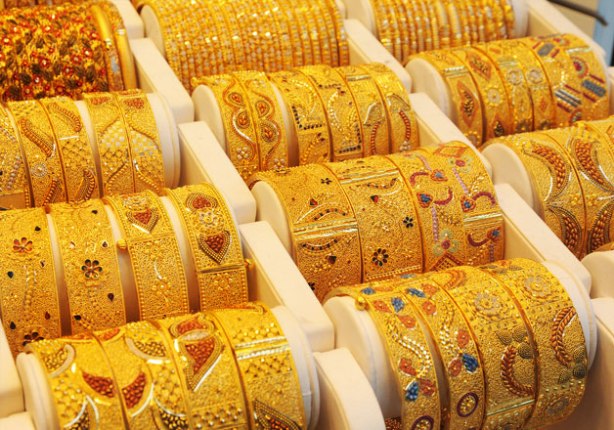SEZs outperform DTA in gold jewellery export owing to beneficial zero-duty structure. The industry demands for a reduction in customs duty.

The units in special economic zones (SEZ) are getting a lot of business, as a result of which, gold jewellery export from domestic tariff area (DTA) has lost a sizeable portion of its business. This is also because of the export promotion scheme of the central government that allows duty-free import of gold bullion into the SEZ.
In a data put together by the GJEPC, gold jewellery export from SEZ increased by 82 per cent to $5billion in April-October 2018 compared to $2 billion in the same period last year. According to Times of India, Mumbai and Cochin account for the biggest share of jewellery exports, with Cochin alone responsible for $1.1 billion in exports out of the total $1.6 billion from the SEZs.
One of the reasons behind SEZs performing better than DTA is because of this Government’s 80:20 rule. The rule supposes that 80 per cent of the imported gold can be sold in the domestic markets so long as 20 per cent is exported. The gold import will remain duty-free only if the gold is not routed to the DTA area.
Also, jewellery exported from SEZ is also able to garner international business because of the zero-duty structure. Whereas, when gold is imported in DTA a 10 per cent of duty has to be paid with the addition of GST on manufacturing.
Unless and until the custom duty is reduced to 4 per cent from 10, increase in exports of gold jewellery to foreign markets is going to be a tough task according to manufacturers.
Be the first to comment